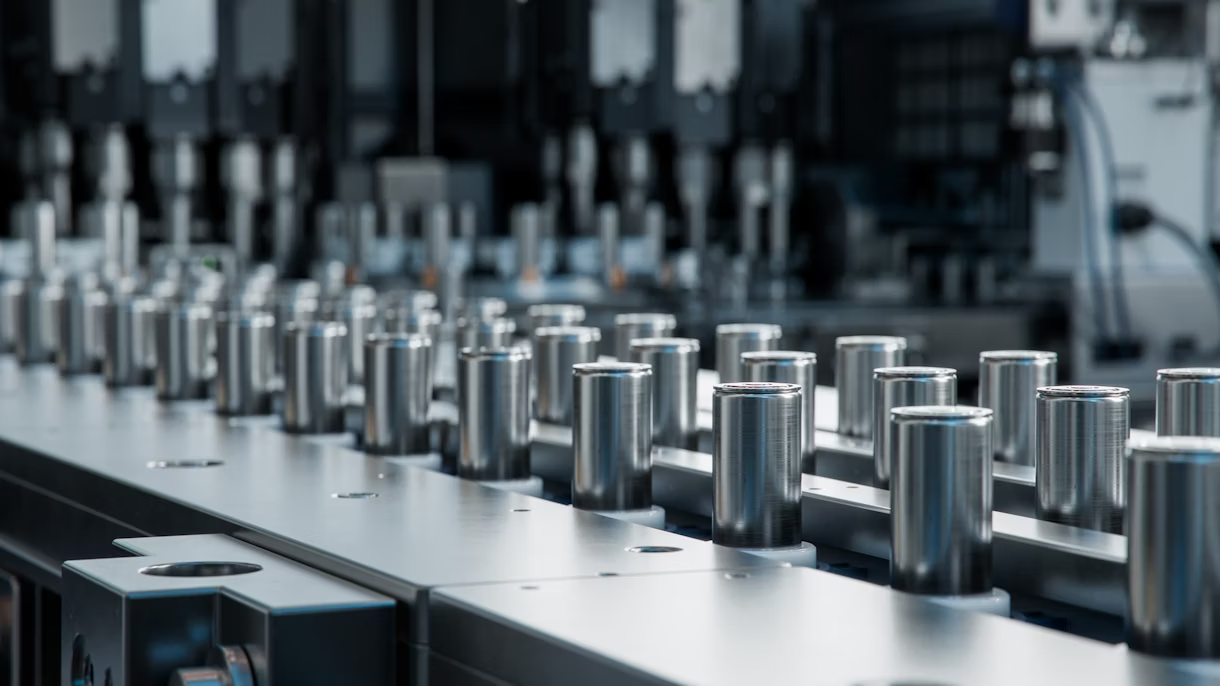The IEA report underscores the imperative of further cost reductions in batteries while maintaining quality and technological advancement.
A new report from the International Energy Agency (IEA) claims that in 2023, battery growth will have outpaced almost all other clean energy technologies due to falling costs, increasing innovation, and supportive industrial policies. This growth trajectory is poised to play a pivotal role in achieving the ambitious climate and energy goals set forth at the COP28 climate conference held in Dubai.
The IEA’s groundbreaking Special Report on Batteries and Secure Energy Transitions comprehensively analyzes the entire battery ecosystem, outlining its critical role alongside renewables as a competitive, secure, and sustainable alternative to fossil fuel-based electricity generation. Furthermore, batteries are set to underpin the decarbonization of road transport by powering electric vehicles.
Over a span of less than 15 years, battery costs have nosedived by over 90%, marking one of the swiftest declines witnessed in clean energy technologies. While lithium-ion batteries were traditionally linked with consumer electronics, they now dominate the energy sector, constituting over 90% of overall battery demand.
In 2023 alone, battery deployment in the power sector soared by over 130% year-on-year, injecting a cumulative capacity of 42 gigawatts (GW) into global electricity systems. In tandem, the transport sector witnessed a remarkable surge in electric car sales, catapulting from 3 million in 2020 to nearly 14 million in 2023, with robust growth anticipated in the foreseeable future.
Fatih Birol, Executive Director of the IEA, emphasized the pivotal role of batteries in rapidly reducing emissions to meet COP28 climate goals and curb global warming. He underscored that batteries are indispensable for scaling up renewables, electrifying transport, and ensuring secure and sustainable energy for both commercial enterprises and households.
Birol highlighted the remarkable cost competitiveness of solar PV and batteries, noting that the combination is now on par with new coal plants in India and is poised to surpass new coal in China and gas-fired power in the United States in the near future.
However, the report stresses the urgent need to ramp up battery deployment significantly by the end of the decade to align with global energy and climate objectives. In a scenario aimed at achieving these goals, overall energy storage capacity is projected to skyrocket sixfold by 2030 worldwide, with batteries accounting for 90% of the increase, and pumped hydropower comprising most of the remainder.
To attain the climate and energy goals outlined at COP28, batteries will facilitate the integration of higher shares of renewables into the power system and facilitate the shift of electricity supply to peak demand periods. Nonetheless, a shortfall in deploying sufficient batteries could impede progress in clean energy transitions, particularly in the power sector.
The report underscores the imperative of further cost reductions in batteries while maintaining quality and technological advancement. Additionally, ensuring energy security necessitates diversifying supply chains, encompassing the extraction and processing of critical minerals used in batteries and battery manufacturing. Several countries, including the United States, European Union, and India, have initiated ambitious industrial programs to bolster local manufacturing capacity through targeted policies.
While China presently dominates global battery manufacturing, the report reveals a significant shift, with 40% of announced plans for new battery manufacturing situated in advanced economies such as the United States and the European Union. If realized, these projects could furnish these economies with nearly adequate manufacturing capacity to meet their own needs until 2030 on the path toward achieving net-zero emissions.
Moreover, the report underscores the versatility of battery storage in bolstering electricity security cost-effectively as part of clean energy transitions. Batteries play a pivotal role in smoothing out renewable electricity variability, mitigating grid congestion during periods of surplus supply, and furnishing technical services to the grid such as voltage and frequency control.
Furthermore, batteries are positioned to enhance access to electricity for underserved populations in emerging and developing economies. In a pathway toward achieving universal energy access by 2030, batteries are instrumental in providing electricity to 400 million people through decentralized solutions like solar home systems and mini-grids.
